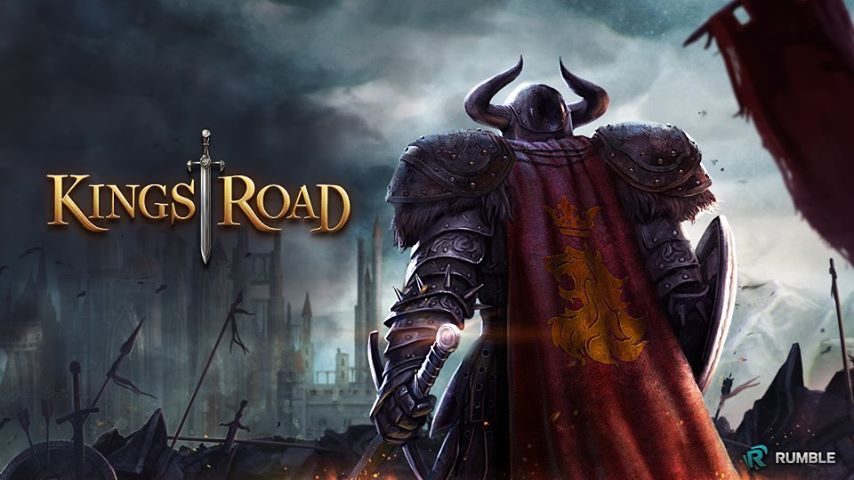The road ahead for mobile games is getting steeper, and the days of easy money are over — but there’s still great rewards ahead for those who can craft the right game, and find the best way to market. Greg Richardson, CEO of Rumble Entertainment, has successfully brought his company from social to mobile games in a market where many companies are only developing for mobile. The company’s multi-platform strategy is paying off, as Richardson described in part 1 of this interview.
Richardson continues to look ahead at where mobile games are headed, and shares some of his thoughts with the [a]listdaily on what it will take to be successful in mobile games for 2015 and beyond.
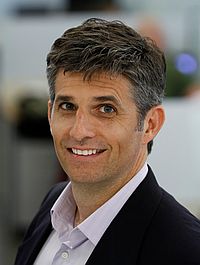
Greg Richardson
People want to be able to play with their friends no matter what device they have, but that’s not easy to accomplish, is it?
I don’t want to underplay something that is also important. As a game designer, when you’re creating entertainment, you do have to take into consideration the devices strengths and weaknesses, and you have to take into consideration the use case. When people are playing games on mobile often they don’t have a lot of time, the screen is smaller, and the input is going to be different than if you had a game controller. You can’t use that as a throwaway to say therefore it’s impossible. Because it’s not.
If you think about what we’ve done with KingsRoad, it’s a PC game that’s very much driven by the mouse and the keyboard, and a really good experience as evidenced by a million Facebook likes and the really high ratings we have there from players. But when we transferred it to the mobile world, we changed the UI and the UX, but we also changed some things — like we added auto-attack. I can get distracted if I’m on my phone and playing. The ease of clicking your mouse button is different than poking a finger at a screen. So you have to design in that difference in the use case, but that doesn’t mean you can’t have a shared game experience.
People will get different things out of a game, and they like to focus on the parts they like — isn’t that something you have to consider as you design a game like KingsRoad?
At the end of the day, it comes down to what does the end user really want to consume, and how much can we learn about their gameplaying habits from what they’ve been playing historically on mobile devices, versus what we think is possible. Think about the underlying drivers here. I’ve got an iPhone 6, and I literally laugh out loud every time I pick up my wife’s iPhone 5 because I can’t believe she can work on a screen that small. No one is ever going back to that small of a screen. The second thing is the graphical horsepower of those things. The new iPad 2 Airs are basically the equivalent of a PlayStation 4 in terms of CPU and GPU. You’ve got WiFi bandwidth going up, you’ve got 4G and 5G on the horizon, and the ability to download and play bigger games and games that are synchronous multiplayer and require a good connection, it’s all being enabled. It’s now up to us as content creators to imagine what it is the players really want to experience. Not based on what they consumed off of small screen mobile devices that were woefully underpowered compared with what we have today, but actually deliver something that’s really incredible.
We hope KingsRoad is viewed as that, as this true full-blown ARPG, and we hope people look at Vainglory like that, and that starts the snowball running downhill towards richer and deeper and more delicious content.
I think mobile has been more difficult in part because of the rapid development of mobile technology. With consoles, you knew you’d have years to learn how to make the best games possible on a piece of hardware that didn’t change. With mobile, there’s more powerful hardware every year, and it’s not clear when that’s going to stop. It’s great that there’s more horsepower, but designers are still exploring what can be done with mobile hardware even from a year or two ago, aren’t they?
You’re spot on. If you were able to get into the consciousness of mobile game developers and publishers back in 2013, the huge, overwhelming focus of their attention was around monetization. If you took that same snapshot in 2014, they started to shift to retention. Now, as we shift to 2015, it’s going to be long-term retention and engagement. We want to get people to play games for years, and we want to get people to play a lot. That’s the sign that we’ve made something that people can’t stop playing and they want to make a part of their life. That’s going to change everything.
It really goes back to the article you wrote. You’re going to see creativity expand, you’re going to see people look at core games and deeper, richer games, you’re going to see people look at PC and console game influence in terms of the types of products that will be brought forward. It really will change everything. The amount of capital that’s going to be required to build these games is going to go way up, the focus on what happens after launch is going to be much more important that what you do before you launch, because you expect these games to live for years so you better be thinking about that, in terms of events and content and where the games goes. It better be designed to be very extensible. It really is a revolution.
I’m often reminded about conversations I had going back four or five years ago about free-to-play and the West, when Facebook was the dominant ecosystem. At the time I was an investor, looking at the market, and everybody said “It’s over for free-to-play. It’s Zynga, it’s Wooga, it’s Playdom, it’s Playfsh. These are the big guys, no one’s going to crack this. These guys have all the leverage in the world. They’re the big new guns in town.” Then you fast-forward to the beginning of this year, and everyone’s saying “It’s over on mobile, it’s King, it’s Supercell, it’s GungHo, Machine Zone. Nobody has a chance, these guys are entrenched.” It’s as if they see these things as the fixed, mature businesses even though they’re barely out of their diapers.
It is daunting when you look at the size of some of these companies, and their audience, and the amount of money they can throw at TV commercials and they like. It just means that your game has to be amazing enough to gather an audience, and you have to be patient enough to build both the game and the audience.
You have it right. There is no doubt that the barrier to entry and the talent that you have to have, the vision that you have to have for creating tremendously compelling games, the patience and the capital is a much higher bar to disrupt the current leaders than it was a few years back. But at the same time, all these guys are very vulnerable because they’ve made so much money and they have so much success building games and running a business playbook that isn’t relevant going forward. When you consider the power of these mobile devices, breakthrough new features like synchronous multiplayer and cross-platform, and where the depth and the richness of the games is an order of magnitude greater than the games that brought them their initial success, that makes them vulnerable. That’s why you’re going to see a next generation of leaders in this business, and that’s what Rumble’s all about.
See the rest of this interview with Greg Richardson here.
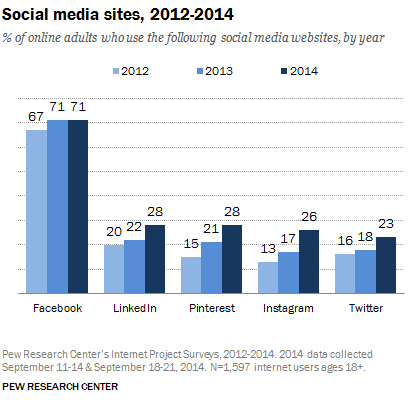

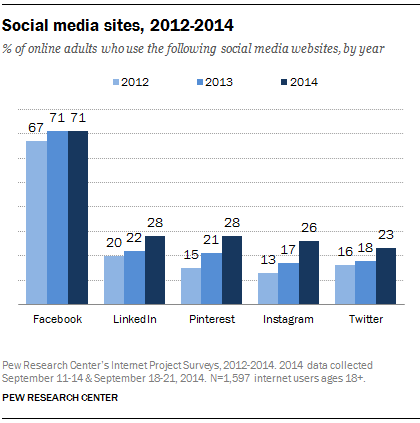
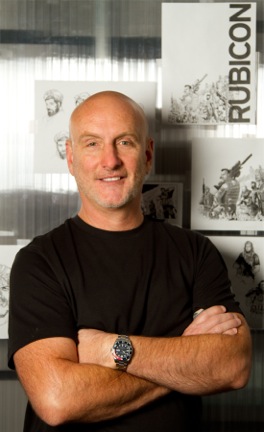 Mark Long
Mark Long
 Greg Richardson
Greg Richardson
